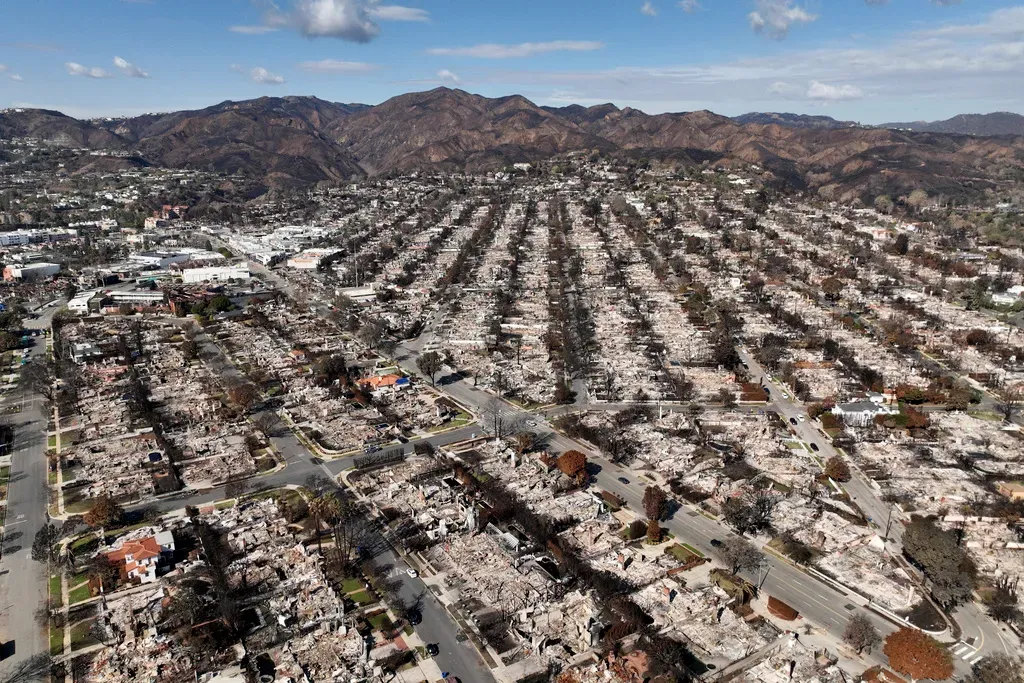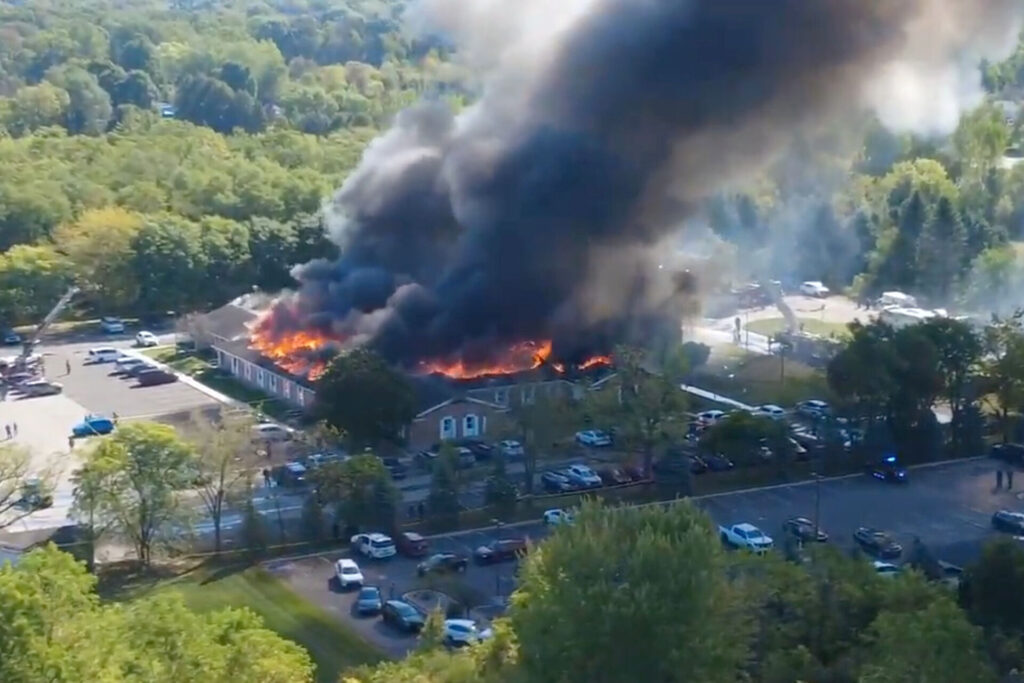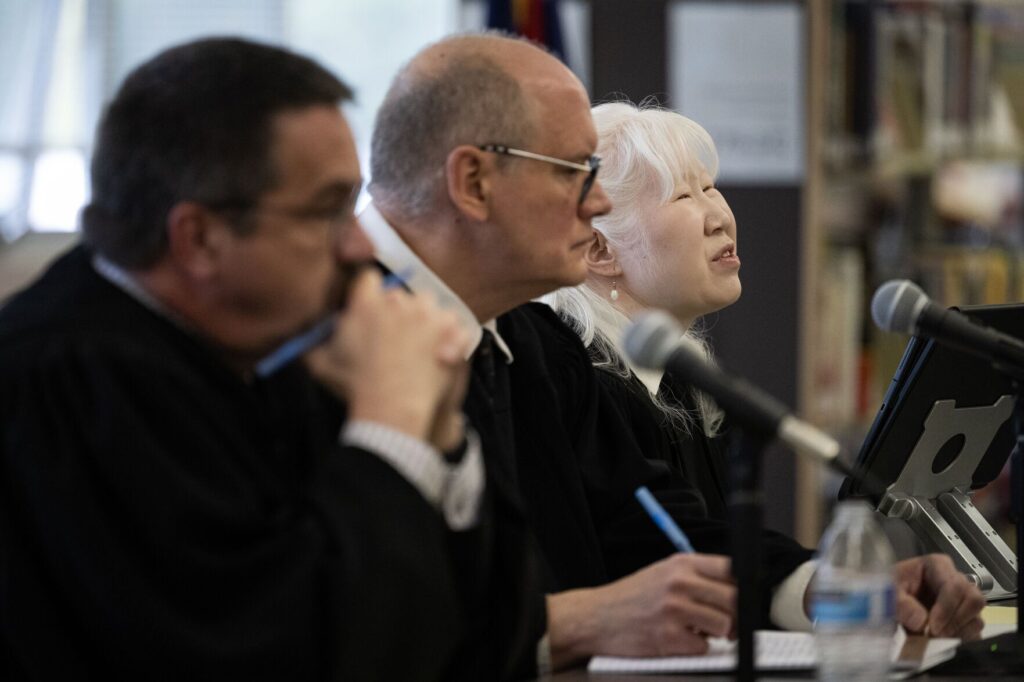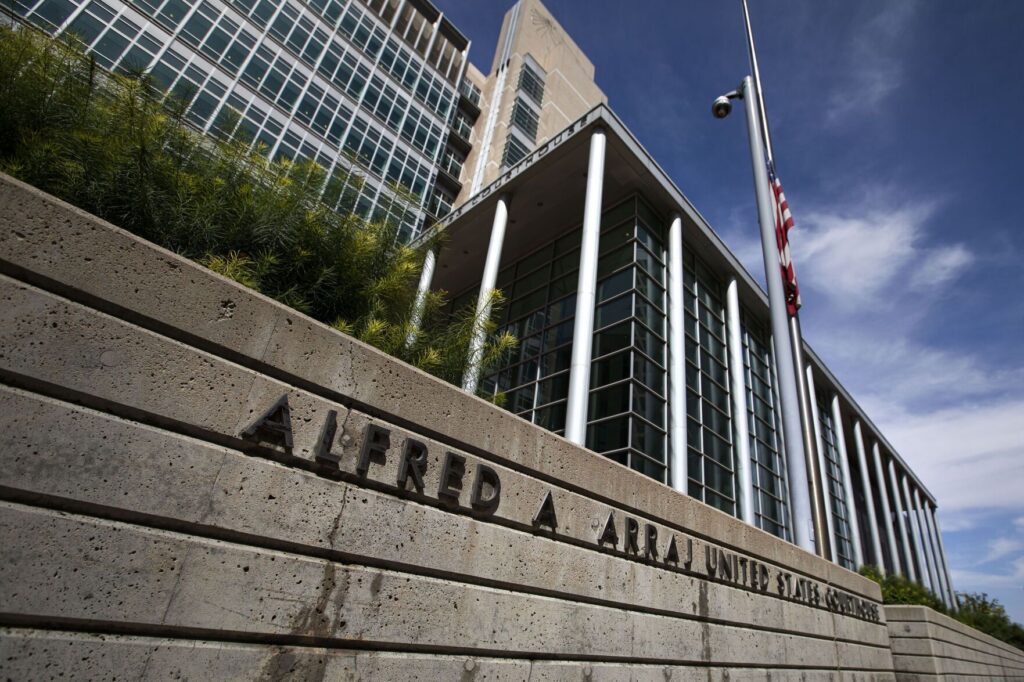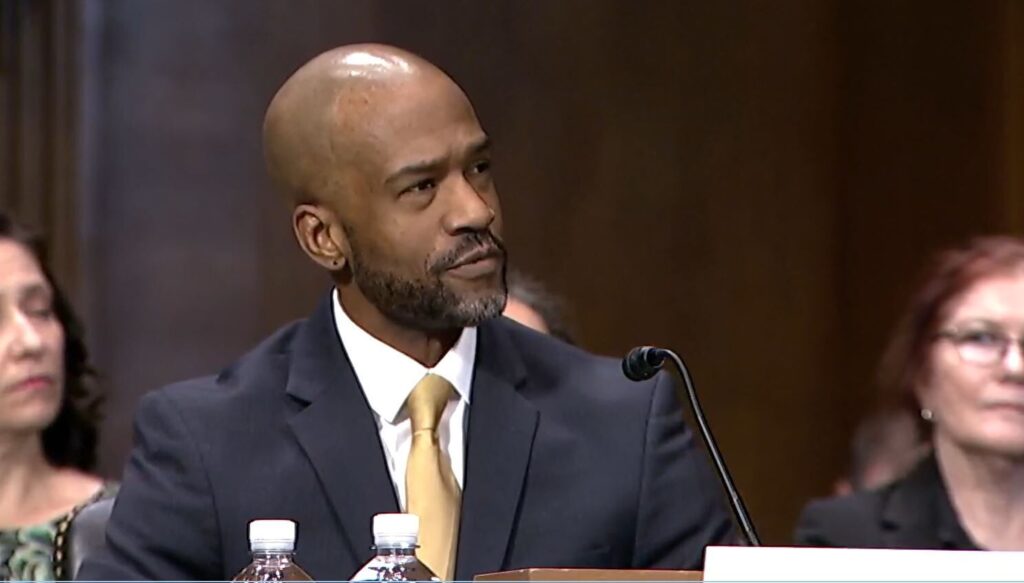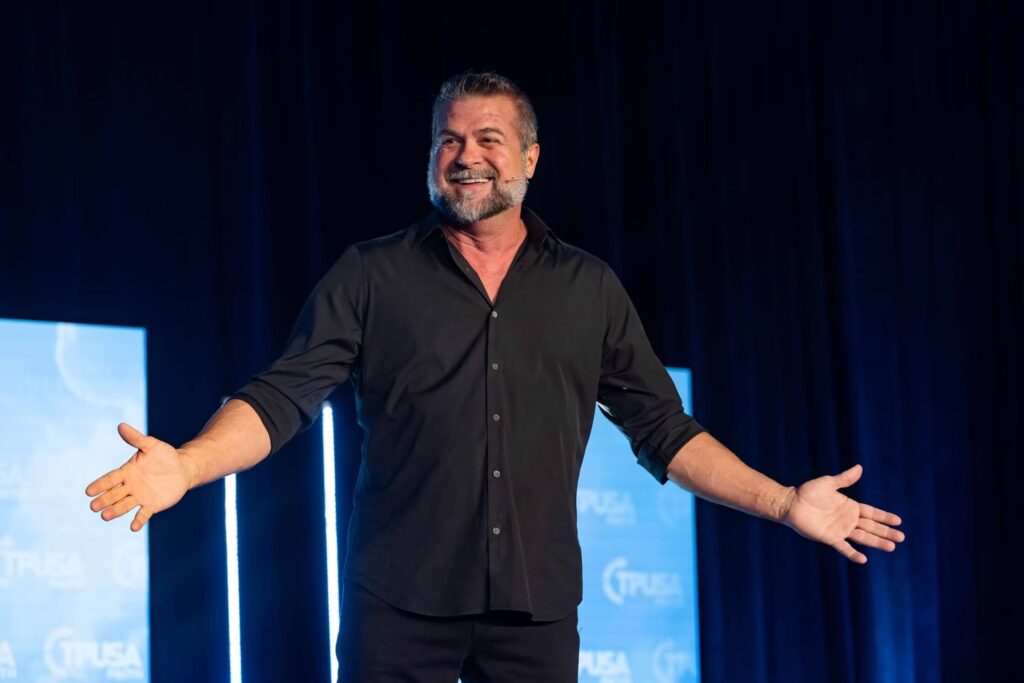Stulp says state water plan will require ‘cultural change’
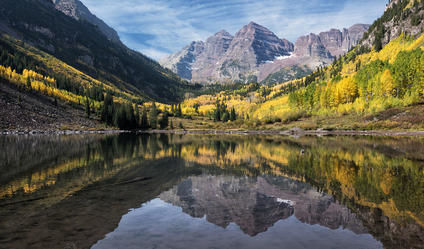
With Colorado almost out of the drought, state water officials are planning for the day when the state’s water supply will have to provide for twice as many residents.
State water czar John Stulp told the Colorado Municipal League last week that land use and water planning will be more closely tied under the state’s first-ever water plan, which is nearing completion.He spoke on behalf of the Colorado Water Conservation Board at CML’s annual conference in Breckenridge.
Stulp suggested the water plan will also call for a cultural change affecting how the state’s residents, farms and businesses use water, in part, at least, because there are going to be so many of them. According to the state demographer, Colorado’s population is expected to double in the next 35 years.
“We will have to provide for the next five million citizens very differently than we did for the first five million,” Stulp said.
The state’s next five million residents won’t be able to use as much water day-to-day, and the state has a responsibility to develop technologies to re-use the water it does have, Stulp said. “We’ll have to learn how to live differently.”
But the water plan won’t resolve difficulties the state faces when it comes to adding water storage, he said, noting that the federal government adds its share of headaches to the equation. When water projects face strong opposition, he said, the feds can use that as an excuse to delay decisions indefinitely. For example, Congress authorized the Animas-La Plata project near Durango in 1968, but the project finally finished construction just three years ago.
“We don’t have time for another 60-year process,” Stulp said. “We have to figure out how to streamline [the federal] process.”
That’s also a factor for the Northern Integrated Supply Project, which plans to build two reservoirs near Fort Collins to store 40,000 acre-feet of water. Windsor Mayor John Vazquez said that project is already 15 years old, and it’s nowhere near close to breaking ground. Stulp said these delays make smaller communities nervous, and when they get nervous, they go to agricultural neighbors to buy their water rights, contributing to the state’s “buy and dry” problem.
Western Slope municipalities and officials expressed a different set of concerns, primarily whether the eastern part of the state will ease demands on West Slope water through conservation. Durango City Councilwoman Sweetie Marbury agreed that conservation is a good idea but warned she isn’t buying it if the water plan has no “teeth.”The state water plan has been in development since 2013, when Gov. John Hickenlooper signed an executive order calling for its creation. State water entities, including the CWCB and nine basin roundtable groups, have been looking at Colorado’s future water supply for more than a decade. An updated draft of the plan is scheduled to be released in the next two weeks and a final version is due in December.
Next month’s draft will discuss conservation and alternative methods for transferring agricultural water to other users, Stulp said. In addition, he predicts the plan will propose “action items,” as opposed to suggesting legislative fixes. Some solutions can be reached by executive order, some by actions of state agencies and others by land-use planners, he said, adding, “We want to minimize the amount of legislation.”
Conservation is at the heart of the statewide plan. The next update, he said, will call on municipalities and industrial water users to conserve up to 400,000 acre-feet of water, a lofty goal. The state’s role in that conservation is to provide “best practices” management to the local communities. “There’s nothing like a drought to get you in the mood to conserve,” Stulp said. But nobody is off the hook for conservation, and that includes agriculture. “Ag is getting better at preserving water rights,” he said.
– mgood84wis5@hotmail.com



